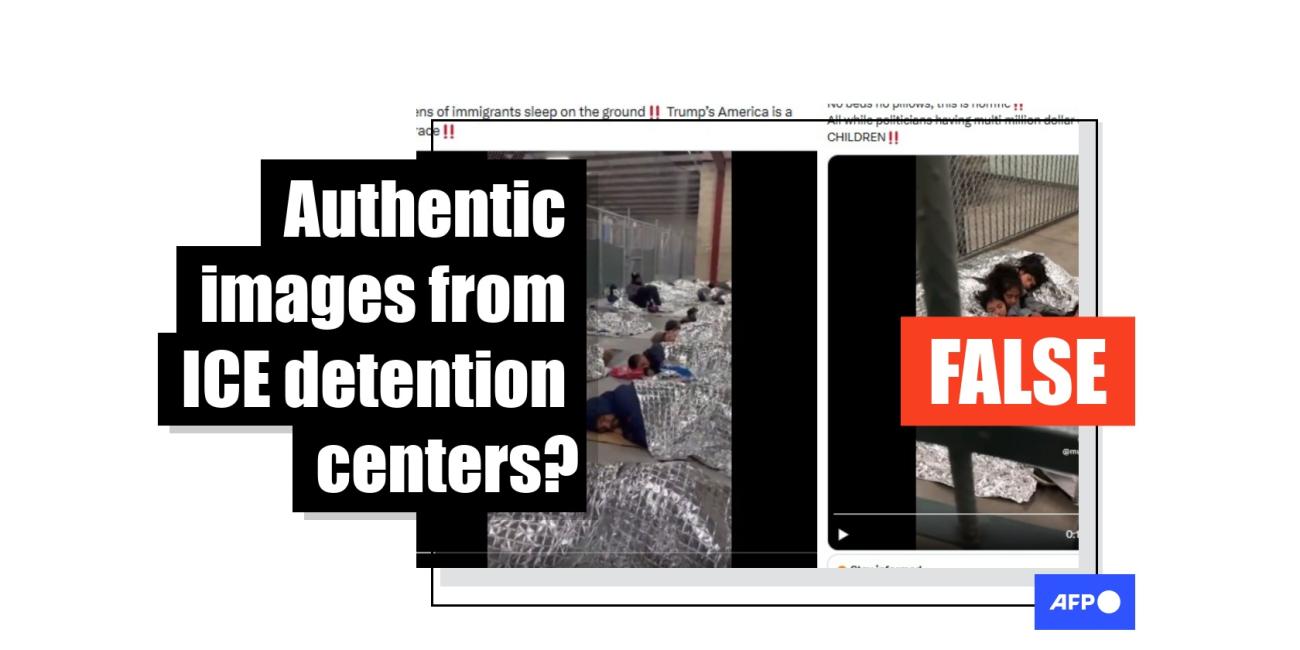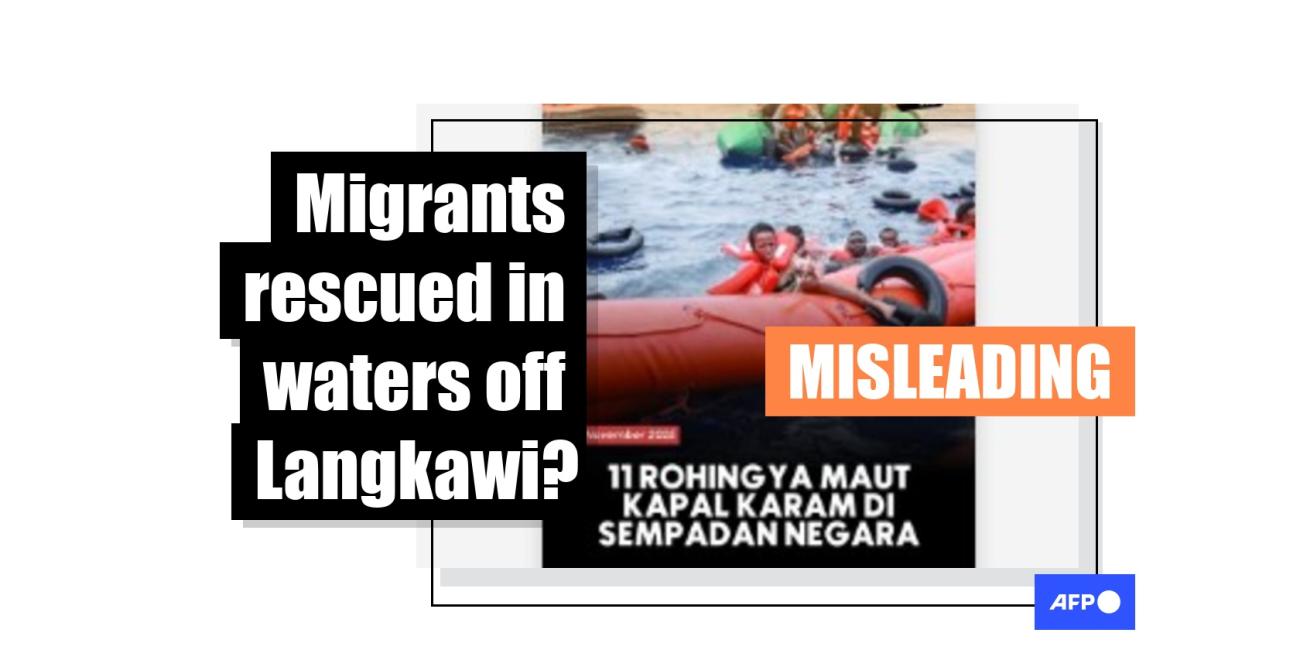
Canadian politicians, influencers spread invented refugee entry app claims
- Published on November 21, 2025 at 23:20
- 3 min read
- By Gwen Roley, AFP Canada
Social media users are misrepresenting footage from ongoing debates on a Canadian border-security bill as proof that the country's refugee-entry system has eliminated face-to-face screening in favor of a mobile app that only requires asylum seekers to answer a handful of questions. This is misleading; in the video, a witness testifies to a parliamentary committee about the One Touch method for entry, which expedites some refugee processing but does not use a phone app.
"When a refugee enters Canada they: A) type some info into an app; B) have no interaction with a human; and 3) BINGO - they're allowed to enter Canada!" says a November 18, 2025 Instagram post from Brad Redekopp, a Conservative member of parliament representing Saskatchewan province (archived here).
The clip shows Redekopp questioning a witness during a parliamentary hearing into how refugee claims to Canada are processed.
The footage and Redekopp's claim that asylum seekers self-declare their status using a mobile app was swiftly picked up by content creator Mario Zelaya, who expressed concern that such a system could be abused to unfairly reap the social and health benefits afforded to refugees in Canada. AFP has repeatedly debunked misleading claims shared by Zelaya.
Similar posts flooded across platforms, including Facebook, Threads, TikTok and Instagram. Independent media outlet Juno News, which has also spawned previous misleading claims, amplified the same allegations about the alleged "One Touch App," as did a popular Canadian political commentary channel and a former Conservative Party candidate.
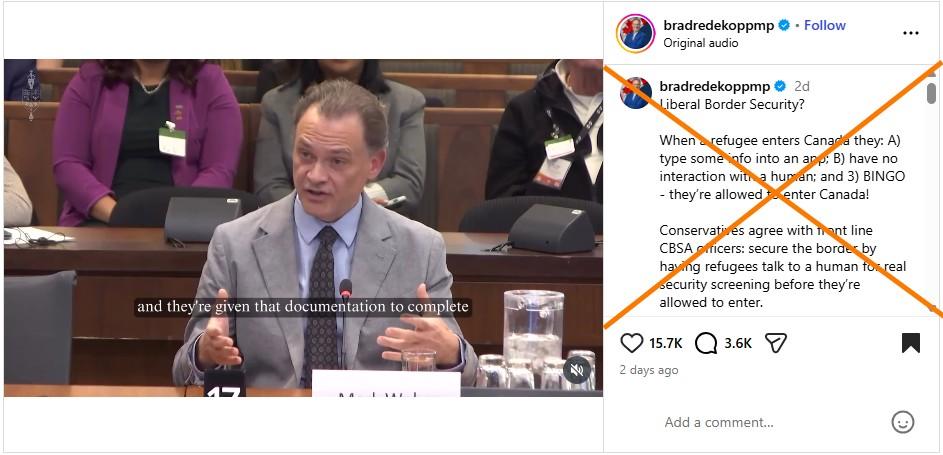
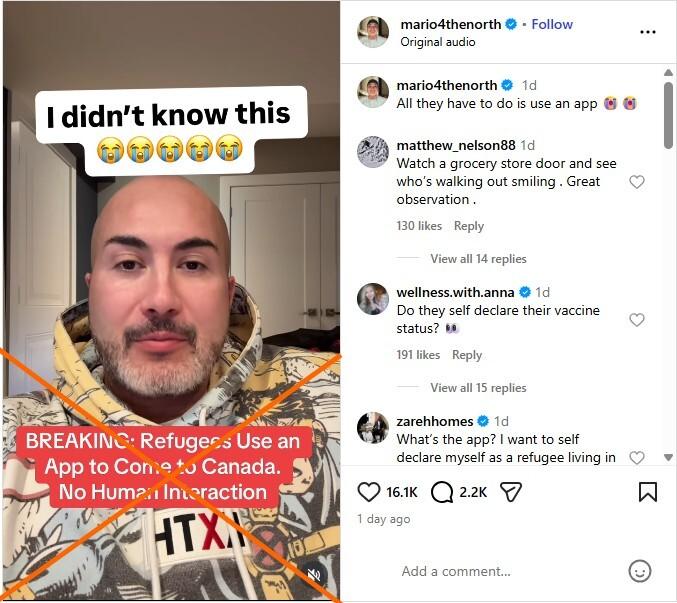
Following a breakdown of Canada's pro-immigration consensus and criticism from US President Donald Trump over management of the shared Canada-US border, the ruling Liberal government introduced Bill C-12, aimed at cracking down on border security (archived here).
As attitudes toward newcomers have deteriorated, AFP has debunked several misleading claims on immigrants exploiting social benefits.
The claims on a mobile app for refugee entry are similarly inaccurate, as no such app appears on the Apple App Store or Google Play Store (archived here and here).
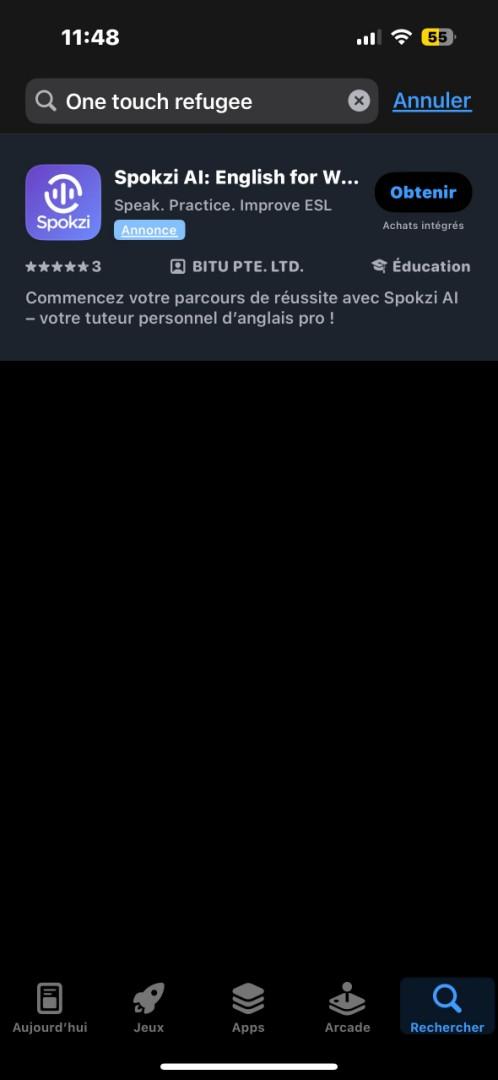
Parliamentary footage
The opposition Conservatives, critical of the Liberals' C-12 border bill, have proposed amendments to the legislation.
The clip Redekopp shared comes from a November 18 meeting of the Standing Committee on Customs and Immigration (archived here and here). During the hearing, Redekopp questioned Customs and Immigration Union (CIU) President Mark Weber on One Touch, asking if claiming asylum is as simple as pressing some buttons on a machine.
"It's not a machine. It's an application," Weber responded.
The CIU, which represents Canadian border enforcement employees, further clarified to AFP that Weber was not referring to a mobile app, but a specific way of processing refugee claim applications.
"Mark Weber did draw a parallel between the automated system used for travelers (like the ArriveCan app/automated machines at airports), where meaningful contact with officers is also limited, but One Touch is not an app," CIU spokesman Pierre St-Jacques wrote in a November 20 email.
One Touch method
One Touch, St-Jacques explained, is a "simplified" refugee claim intake process through which asylum seekers are allowed to enter Canada after the verification of initial biometric data (archived here and here). Full eligibility confirmation is delayed by no more than 45 days as applicants submit further documentation from within the country.
The CIU has expressed concerns that One Touch cuts down on the time refugee claimants spend interacting with border officers. St-Jacques said it eliminates the opportunity to flag security risks early.
In a November 20 meeting of the Standing Committee on Customs and Immigration, Redekopp probed further after Aaron McCrorie, vice president of intelligence and enforcement at the Canada Border Service Agency (CBSA), explained that officers still interact with claimants using the One Touch method (archived here and here).
"Well, there is no app," McCrorie said (archived here).
The CBSA confirmed in a November 20 email to AFP that "there is no One Touch mobile application."
While the posts from Redekopp, Zelaya and others alleged that One Touch eliminated human interaction, CBSA spokesman Luke Reimer said claimants get referred to the One Touch track only after border officers have already deemed them "low-risk and eligible."
Both Reimer and St-Jacques said "full-case" intakes, where all documentation is submitted at the point of entry, still take place in certain instances if, for example, the person had made a prior claim in the United States or they are a minor.
Read more of AFP's reporting on misinformation in Canada here.
Copyright © AFP 2017-2025. Any commercial use of this content requires a subscription. Click here to find out more.
Is there content that you would like AFP to fact-check? Get in touch.
Contact us
